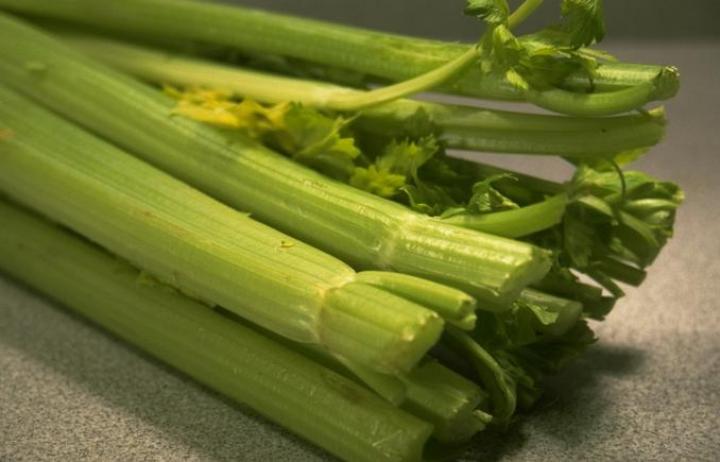
Celery is a long-season crop that can be tricky to grow, some might say, the trickiest of all. It likes fertile soil, cool temperatures, and constant moisture. It will not tolerate heat and can be hard to transplant. Summer crops in the north and winter crops in the south make celery a year-round producer. All the work is worth it when you harvest crunchy, green stalks.
Planting
- Celery seeds should always be started indoors for the best success rate, 8 to 10 weeks before the average last frost date for your area.
- For summer gardeners, a late summer direct sowing is possible. Be sure that temps will stay between 55 and 70ºF throughout growing period.
- The National Gardening Association recommends soaking seeds in warm water overnight prior to planting, to reduce germination time.
- Work organic fertilizer or compost into the soil prior to planting.
- Harden off seedlings before transplanting by reducing water slightly, and keeping them outdoors for a couple hours a day.
- Transplant seedlings 10 to 12 inches apart, direct sow seeds ¼ inch deep. These will need to be thinned to 12 inches apart when they reach about six inches high.
- Mulch and water directly after planting.
Care
- Celery is a heavy feeder. It also requires lots of water. Make sure to provide plenty of water during the entire growing season, especially during hot, dry weather.
- If celery does not get enough water, the stalks will be dry, and small.
- Add plenty of compost and mulch around the plants to retain moisture.
- Fertilize regularly. Add mulch as needed, to help retain soil moisture and add nutrients.
- Tie growing celery stalks together to keep them from sprawling.
Pests/Diseases
- Cutworms
- Aphids
- Whiteflies
- Bolting
- Mosaic Virus
- Fusarium Wilt
Harvest/Storage
- The parts of celery that are harvested are mainly the stalks, which will be above ground.
- Harvest stalks from the outside in. You may begin harvesting when stalks are about 8 inches tall.
- Celery can be kept in the garden for up to a month if soil is built up around it to maintain an ideal temperature. Note: Celery will tolerate a light frost, but not consecutive frosts.
- Tip: The darker the stalks become, the more nutrients they will contain. Texture changes with color, dark green stalks will be tougher.
- Keep celery in a plastic bag, in the refrigerator. It should be used within two weeks.
Recommended Varieties
- ‘Utah’ good for gardeners with limited space. Will only reach 18 inches tall.
- ‘Alfina’ slender stalks, dark green, quick variety (60 days to maturity)
- ‘Conquistador’ is tolerant of higher temps and watering shortage.
Wit & Wisdom
- The ancient Romans believed that celery had healing powers, especially when it came to headaches.
- Bland or boring? You may be delighted to discover that celery is one of the world’s healthiest foods. See why celery is nutritious.






